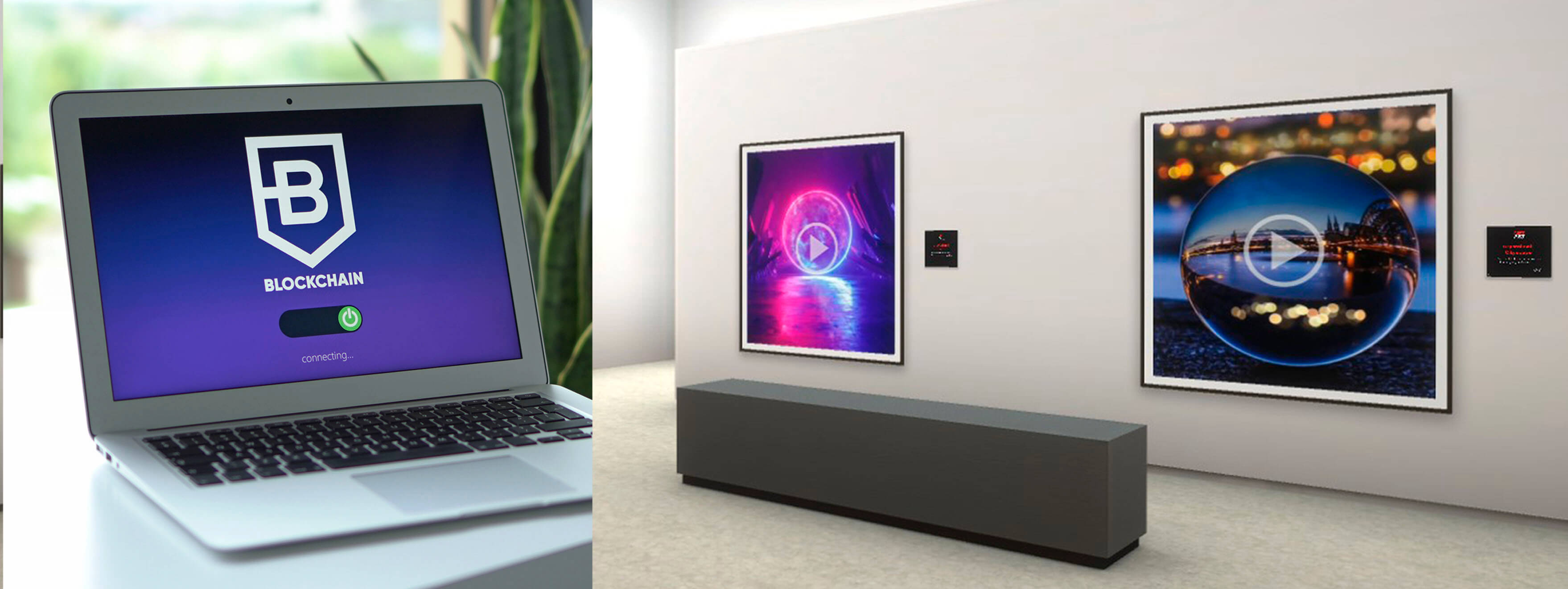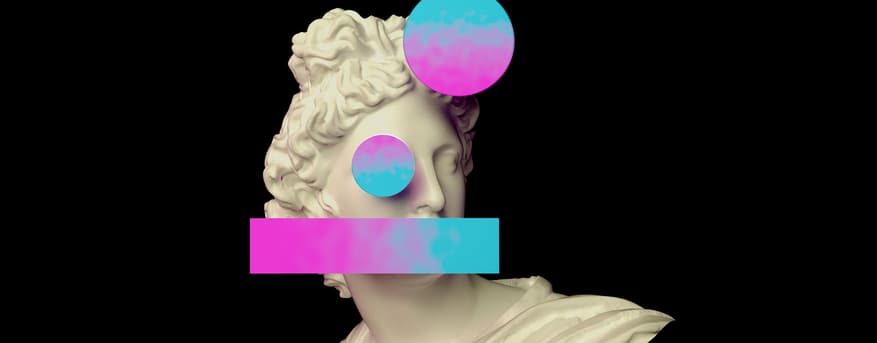There are two types of people in this world: those who can’t stop talking about crypto art and NTFs and those who are still wondering what “Bored Ape Yacht Club” is. If you are an artist these words might have recently entered your conversations for a reason: Non-fungible tokens are paving a new path of opportunities for creators. But before you fall into the rabbit hole of blockchain and what it means for the art world, you need to understand what they are, how they work, and what their existence means to the art world.
Let’s break down what Non-fungible tokens mean to understand how artists can profit from them. By definition, non-fungible is an item that can’t be interchanged or duplicated, it’s unique, limited in quantity, and there is proof of authenticity to support that claim. A token is a single unit, in this case, the one that certifies the validity of the information that’s stored in the blockchain, from the original file such as a JPG, GIF, MP3, and others, to the traceable certification of ownership. Even though NFTs are not only suitable for digital art, for many, this technology is the logical evolution for art collecting and that’s why the art world is turning its head in this direction and wondering what it might mean for the future of artists, collectors, and even auction houses.

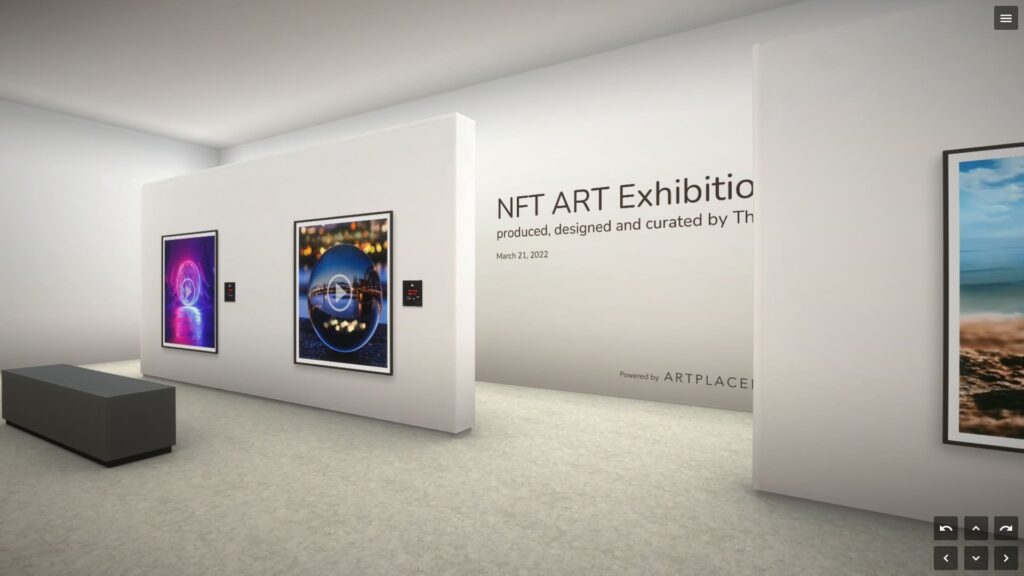
NFT virtual exhibition by Thad.
Contents
What is Crypto Art: cryptocurrency’s artsy side
The whole conversation around cryptocurrencies has developed an artsy side and that is “crypto art”. Its name is rather self-explanatory, we are talking about digital art in its many forms: from digital images and photography to gifs, videos, music, and pretty much anything you can imagine, even a representation of something tangible or that exists IRL (in real life). But the key part is that the art piece is linked by a smart contract and minted as an NFT into the blockchain, where cryptocurrencies are used for transactions.
Crypto art might be a single piece or also limited-edition sets (with 10.000 minted pieces per collection), or even collectibles. They bring the concept of “scarcity” to the world of digital art. There are many things that can be stored in their metadata: from the artist’s signature to special access to content about their creative process, and even exclusive events (digital and in-person).
Just to be clear: crypto art ≠ NFTs. The concept of “crypto art” references digital art pieces that are bought with cryptocurrencies, while anything can be an NFT even if it is not art-related. These are valuable digital assets that offer something hard to find in digital art: ownership of the piece. Yes, anyone can download a png file of the same NFT that has been bought for millions of dollars in an auction, but only the person who bought it has the ownership of it. And in some cases: only the artist holds the full copyright and even the royalties that secure a passive revenue for each time the NFT is sold.
Until recently NFTs were only traded in Ethereum but as crypto art sales keep growing in popularity, more blockchains are being used for minting and trading NFTs.

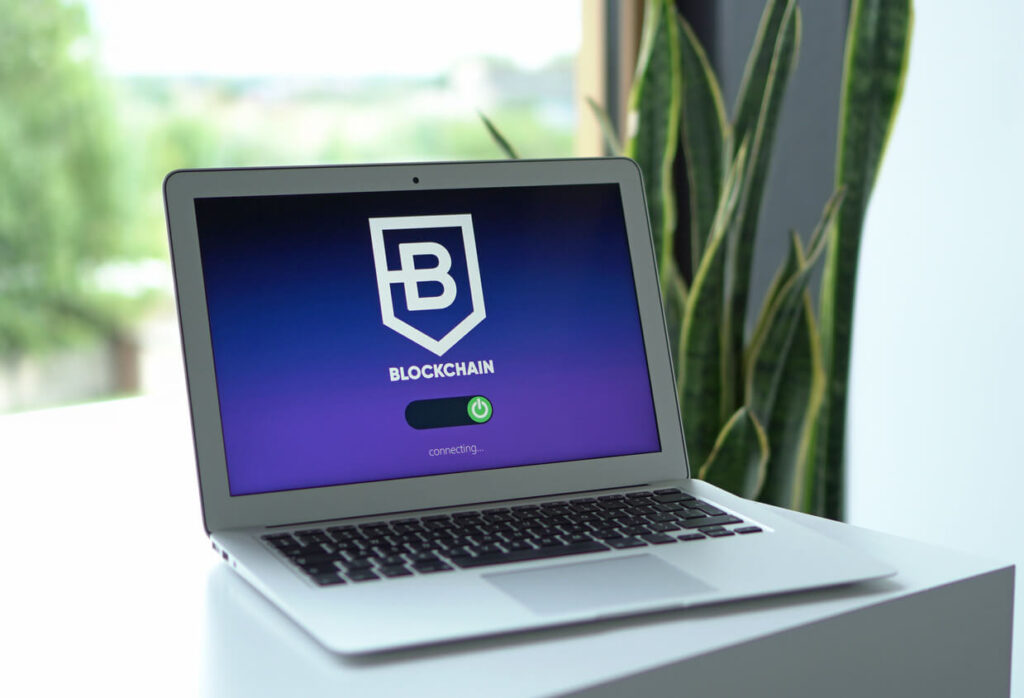
A digital art piece can be minted as an NFT into a blockchain, where cryptocurrencies are used for sales and auctions.
What tools are needed to create a digital art NFT?
To create an NFT you need cryptocurrency to cover the cost of “minting”. This term is used to define the process of creating an NFT which will be associated to the digital art piece you assign to it. By minting, the information of any digital piece is recorded in a blockchain, a public ledger that can’t be tampered with and allows to keep track of all future sales and ownerships of the NFT.
Ether or ETH is the most common cryptocurrency associated with NTFs because Ethereum was the first blockchain to support these digital assets. With the market for NFTs booming, more and more platforms are allowing to trade them with other cryptocurrencies. You just need to make sure to set up a digital wallet for a currency that matches the one used in the platform you have chosen to sell your NFTs.
A wallet? Yes, you read that well, you need a digital wallet for your cryptocurrency, not only to pay for the creation of the NFT but to receive payment for all sales. There are several types of digital wallets: custodial (hosted by a third party), noncustodial (the user has total control of its management and security), and hardware (an actual physical device that keeps crypto offline). Digital wallers can also be defined as cold (not connected to the blockchain) or hot (one that exists within the blockchain).And of course: you need an original art piece! Go to your graphic, sound, and video editors of choice and let your imagination run wild.

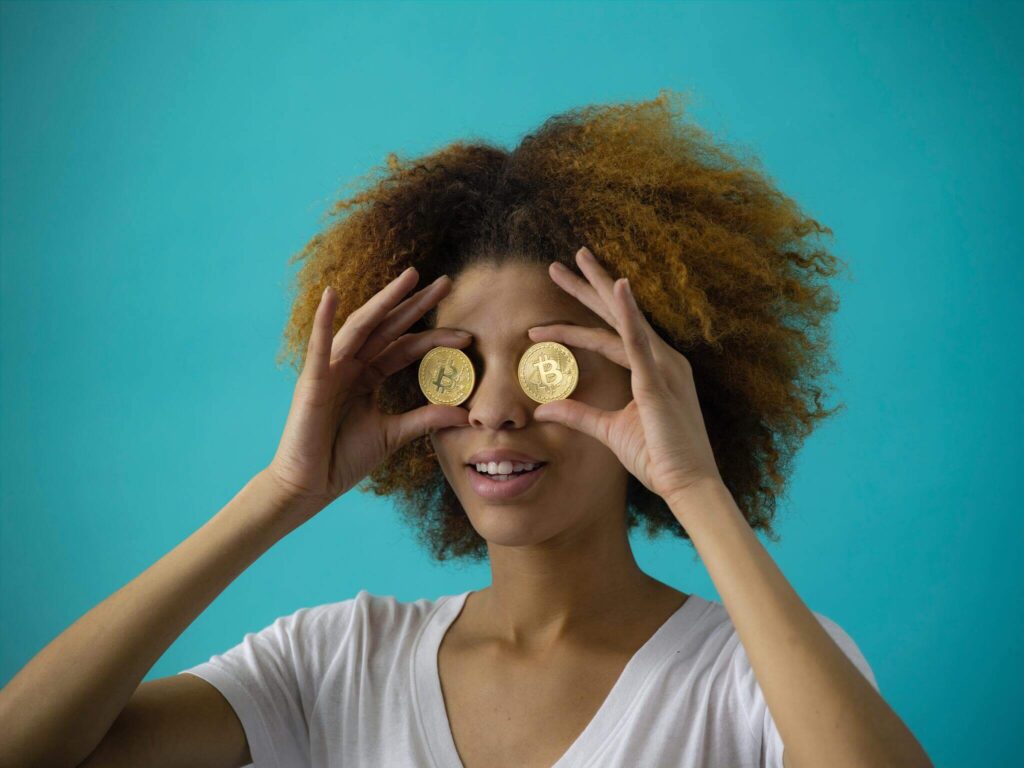
The first step to creating an NFT? Having the cryptocurrency to cover the “minting” fee.
How to create an NFT: step by step
It’s time to roll up your (digital?) sleeves and create an NFT. If you are an artist looking to create your first NFT these are the steps you should follow:
First step
Once you have your digital wallet set up, connect it to the NFT-focused marketplace of your choice.
Second step
Upload the digital art piece to the platform detailing its name and a brief description. Remember that before going into minting you can add certain data like a royalty clause or surprise items in a collection.
Third step
Make a final review because this is the point of no return: the next step in most platforms is just clicking on the “Create” button to start the minting of your NFT (the process will start once you pay the fee). You also need to choose to mint a single token or an entire collection.
Fourth step
Once your NFT has been validated in the blockchain you’ll see it in your profile and it will be available for purchase at a fixed price or in an auction.

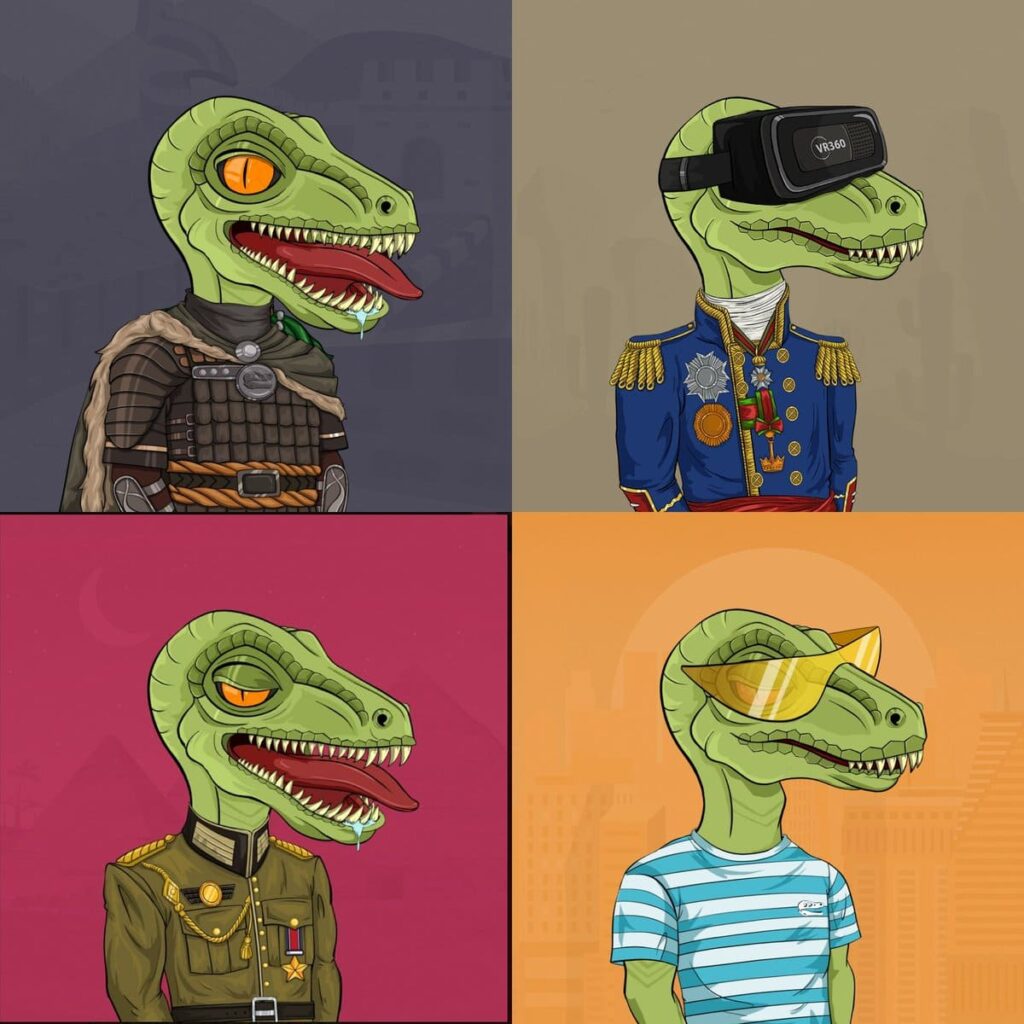
NFT Collection by The Last Raptor.
Where to sell your NFTs: digital art marketplaces
If you want to become an NFT artist, choosing the right NFT Marketplace to sell your digital art pieces is crucial. What do you need to take into account when choosing the marketplace for your non-fungible tokens? Note this:
-Blockchain type
-Supported formats
-Mint price
-How user-friendly it is: is the process intuitive or do you need further knowledge?
-Accessibility: some highly coveted marketplaces are curated and artists can only access them by invitation or by submitting an application, others are open to all like the popular (and user favorite) OpenSea.

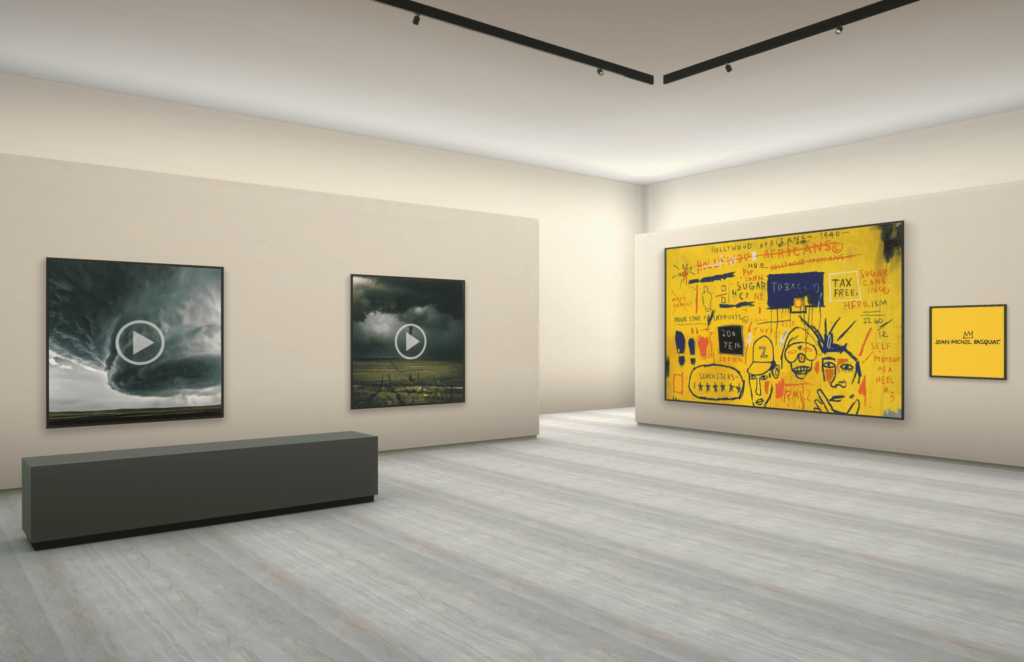
NFT Virtual Exhibition by CinemaNFTart Galleria.
How to sell an NFT: the evolution of art auctions
Stories of million-dollar sales of NFTs hit the headlines almost every day, not every sale is going to be a transaction with a high number of zeros to the right, but this new model is paving the way for artists to make a profit out of their digital art and also, have some validation by like-minded people that are willing to invest in these art pieces.
Once an art piece is officially listed as an NFT the creator needs to make a choice on how it’s going to be sold: at a fixed price or in an auction. In both scenarios a base value needs to be set for the piece but, how can someone know what’s the real value of a non-fungible token?
There are certain aspects both artist and collector need to pay attention to. If NFTs are bringing the concept of “scarcity” into the digital art world, the rarity is highly valuable for any piece. And, of course, if the NFT falls into a trend or is in demand, its price might go up and up. A characteristic that raises the value of an NFT is its interoperability, meaning, the token works in different blockchains, and applications or has tangible functions in real life: like access to an event.
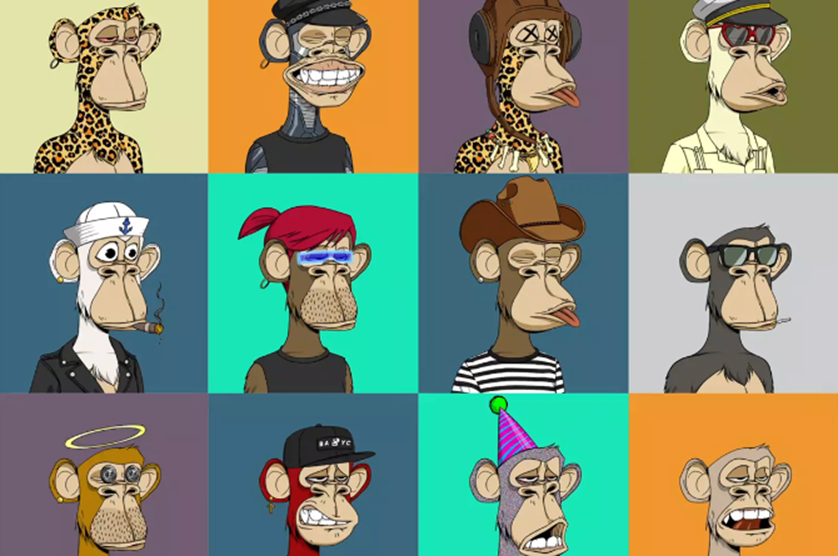
A selection of Bored Apes by Yuga Labs the parent company of the Bored Ape Yacht Club.
For example, acquiring a Bored Ape NTF not only gives the shopper a one-of-a-kind avatar or digital identity, the token also works as a membership to an exclusive club with growing benefits.
An aspect that can help figure out the price and value of an NFT is related to social behavior and perception. Let’s call it “social proof”, most collectors and occasional shoppers will look into the artist’s social media and online presence to take a look at the community they have built around their creations. Some might value an unknown name, others see value in followers and likes.
The final element that tells the value of an NFT is a part of it: its ownership history. If the NFT has been created by a well-known artist or has been owned or traded by someone influential, the interest of the collector might rise, and the best part is that this whole history of transactions is tracked forever on the blockchain.
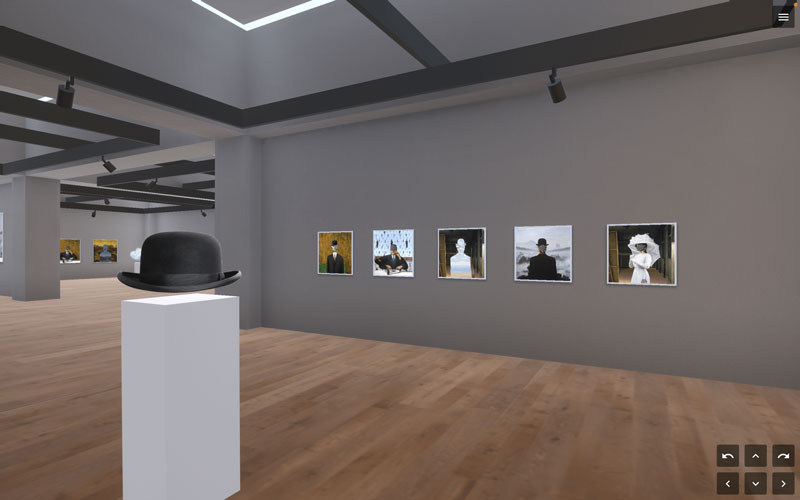
ArtPlacer’s Virtual Exhibitions are an entertaining way to showcase NFTs in an “art show-like” virtual space.
How to promote your NFT: a new path for art sales
NFTs pose endless possibilities for artists to make a profit out of their creations and also be bold in how they are presented to their audience, potential customers, and collectors.
An original way to present NFTs is creating a digital art show, especially if you have a collection or an important number of single tokens to show. With ArtPlacer’s Virtual Exhibitions artists and galleries can curate NFTs shows supporting images, videos, and gifs. All you need to do is upload your artwork media and a link to your NFT site, along with additional info like a description of the piece. A thumbnail of your art piece will be shown in the virtual room and when a user clicks on it they will see its name, description, and even a “Buy” or “View NFT” button that will lead them to your selected NFT marketplace for purchase.
You can customize the virtual gallery to create an ambient that goes with the feel of your digital art and enriches the experience of the users navigating this digital space. Think about it: you can create an online art show and promote its inauguration on social media. Or you can send the virtual exhibition link to collectors, potential shoppers, and your general audience. Another option is embedding the 3D online show into your website for all visitors to see. Give it a try: sign up to ArtPlacer’s and start your 7-day free trial!
Maybe this is the extra push that can convert your NFT collection into one of the most valuable and desired digital assets.

